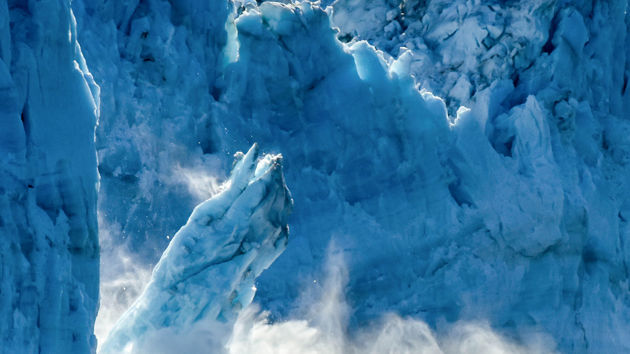Get a more comprehensive view of bushfire and wildfire risk
Verisk probabilistic models go beyond historical data by providing large catalogues of simulated events that incorporate the factors that drive fire ignition and spread.
Conduct more detailed extreme event risk assessments
High-resolution fuel, wind, vegetation, and topographic data improve risk differentiation.
Evaluate the impact of correlation
For example, the US wildfire model considers the probability of a fire in the wildland-urban interface transforming into an urban conflagration.
Improve risk selection and pricing
These models’ vulnerability modules feature damage functions for construction types and occupancy classes and account for fire-resistant roofing and siding.
Features and capabilities
Robust catalogues
The Verisk Bushfire and Wildfire models incorporate 10,000, 50,000 (U.S. Wildfire only, in Touchstone®), and 100,000-year stochastic and account for major historical events.
Insights into the Wildland-Urban Interface (WUI)
Verisk Bushfire and Wildfire models explicitly model the factors that drive fire ignition, and an enhanced spread model realistically captures how wildfires propagate in the WUI, providing a more comprehensive understanding of the risk.
Broad support for construction types and occupancy classes
The Verisk Bushfire model for Australia supports damage functions for 44 construction types and 48 occupancy classes. The Verisk Wildfire model for the US supports damage functions for 105 construction classes and 110 occupancy classes.
Account for wildfire smoke
The Verisk Wildfire Model for the United States explicitly models smoke damage, allowing you to understand exposure to wildfire smoke damage outside of the wildfire perimeter.
Do more with the Verisk ecosystem
Assess and manage your exposure to wildfire risk throughout the insurance lifecycle with Verisk.
Verisk Synergy Studio
Verisk Synergy Studio is a powerful, flexible, and scalable catastrophe modeling and risk management platform, coming in 2026.
Wildfire risk and mitigation for Canada
Accurately price risk and understand municipal-level vulnerability for Canadian wildfire.
Platforms to plan for extreme events
Software that combines leading-edge models with efficient workflows.
Visualizations for real-time risk
View footprints and track extreme events with real-time data analytics.
Innovative science-based solutions for assessing climate risk
Models to help you prepare operational and strategic resilience initiatives that meet the needs of all stakeholders.
The enterprise risk modeling platform
Understand your estimated exposure to loss from extreme events today—and in the future.
The reinsurance enterprise risk modeling platform
Model the risk of complex reinsurance contracts to inform your underwriting and pricing decisions like never before.
Wildfire risk and mitigation for the US
Analyse and manage address-level wildfire risk and assess community mitigation in the US.











